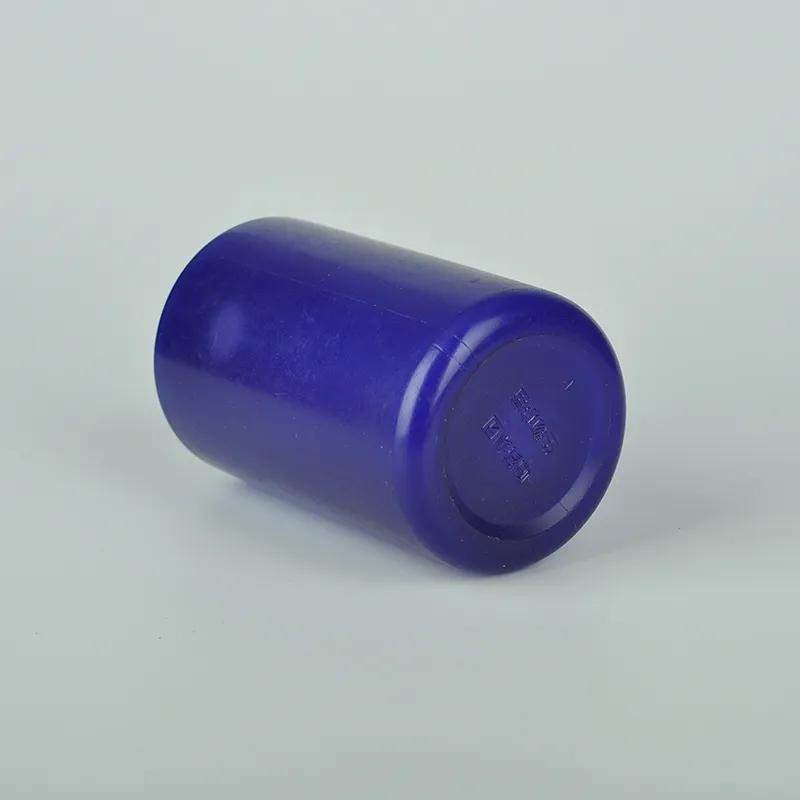types of sample collection tubes
Types of Sample Collection Tubes An Overview
In the field of laboratory medicine, sample collection is a critical step that directly influences the accuracy and reliability of test results. Various types of sample collection tubes are used to collect, transport, and store biological specimens such as blood, urine, and other bodily fluids. The choice of tube is essential as different tests require specific conditions and additives to ensure the integrity of the samples. This article will explore the different types of sample collection tubes, their specific uses, and the importance of selecting the right type for accurate diagnostic outcomes.
1. Blood Collection Tubes
Blood collection tubes are perhaps the most commonly recognized type of sample collection tube. These tubes come in several colors, with each color indicating the presence of specific additives that serve different purposes.
- Red Top Tubes These tubes contain no additives and are primarily used for serum collection. They are commonly employed for serological testing, blood type determination, and various biochemical tests.
- Blue Top Tubes Containing sodium citrate, blue top tubes are crucial for coagulation studies. This additive acts as an anticoagulant, preventing the blood from clotting and allowing for accurate measurement of clotting factors.
- Green Top Tubes These tubes contain heparin, another type of anticoagulant. They are used for plasma-based tests and are particularly useful in situations requiring quick analysis, as they inhibit clotting instantly.
- Lavender/Purple Top Tubes These tubes contain EDTA (ethylenediaminetetraacetic acid), which is commonly used for complete blood counts (CBC) and blood smears. EDTA prevents clotting by binding calcium, making these tubes ideal for hematological studies.
- Gray Top Tubes These feature additives such as fluoride, commonly used for glucose testing. The fluoride in the gray top tube inhibits glycolysis, preserving glucose levels in the sample for accurate analysis.
2. Urine Collection Tubes
Urine collection tubes are essential for conducting various urinalysis tests and come in several forms, designed for specific applications.
- Standard Urine Collection Cups These are typically sterile and designed for routine urinalysis. They are usually made of plastic and can contain additives depending on the test requirements.
types of sample collection tubes

- 24-Hour Urine Collection Containers These larger containers are used for collecting urine over a 24-hour period to measure specific substances, such as protein or creatinine
.- Preservative Tubes Some tubes contain preservatives to stabilize urine samples for certain tests. For example, a tube with hydrochloric acid is used for measuring urine pH or other specific analytes.
3. Specialized Collection Tubes
In addition to standard blood and urine collection tubes, there are also specialized tubes designed for specific tests and research purposes.
- DNA/RNA Collection Tubes These tubes are specifically designed to preserve nucleic acids for genetic testing. They often contain stabilizing agents that prevent degradation and contamination during transport and storage.
- Microbial Culture Tubes Used in microbiology, these tubes are designed to support the growth of microorganisms. They may contain specific culture media or sterile solutions, depending on the type of organism being studied.
- Cytology Collection Tubes These are used for collecting samples for cytological analysis, often in the examination of cellular structures. They typically contain fixatives to preserve cell morphology.
Importance of Proper Selection
Selecting the appropriate sample collection tube is paramount for several reasons. Firstly, different tubes contain different additives that can influence test results. For example, using a tube with the wrong anticoagulant can lead to invalid results in coagulation studies. Secondly, the material of the tube (glass versus plastic) can also affect certain tests, as certain analytes can adhere to the walls of plastic tubes, leading to falsely low measurements.
Furthermore, proper labeling and handling of these tubes are essential to maintain sample integrity. Mislabeling can cause critical errors in patient management, while improper storage conditions can lead to sample degradation.
Conclusion
In conclusion, understanding the types of sample collection tubes and their respective applications is fundamental for healthcare professionals and laboratory technicians. With advancements in diagnostic technology, precision in sample collection and handling becomes increasingly vital. The correct selection and use of these tubes not only ensure the accuracy of laboratory results but also contribute significantly to patient safety and effective clinical decision-making. In an era where timely and precise diagnoses are integral to patient care, the role of sample collection tubes cannot be underestimated.
-
Aesthetic Makeup Spray Bottles | Fine Mist Empty RefillableNewsAug.19,2025
-
White Plastic Veterinary Vaccine Vials | Lab Liquid BottlesNewsAug.18,2025
-
Plastic Medicine Liquid Bottle: Secure Flip Top Drug VialsNewsAug.17,2025
-
Durable 250ml Blue Plastic Vaccine Vial for Lab & Vet UseNewsAug.16,2025
-
Sterile Virus Sample Tubes: Secure & Reliable Specimen CollectionNewsAug.15,2025
-
White 250ml Plastic Vaccine Vial for Lab & Vet MedicineNewsAug.14,2025
























